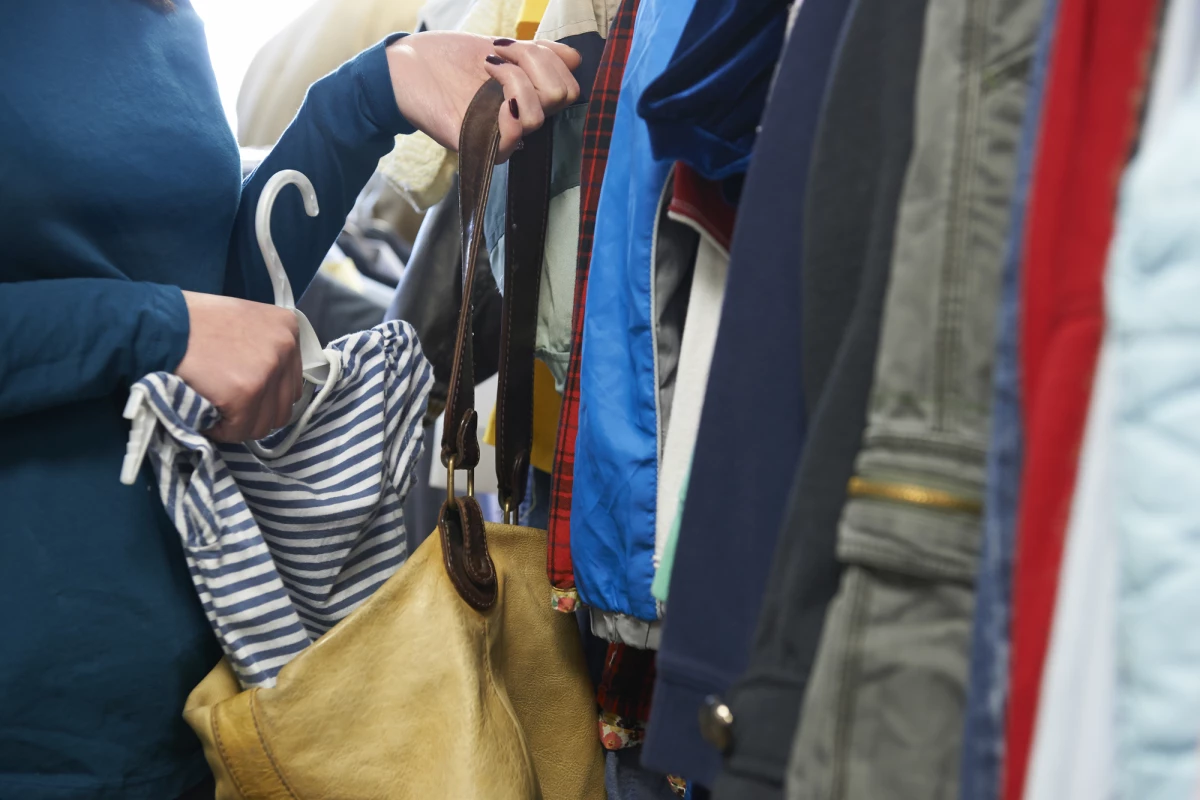A recent study out of Japan has found that when exposed to pictures of stores and store products, people with kleptomania exhibit similar brain activity to that of people with substance addictions exposed to images of drugs.
From the outset, it is important to note that kleptomania differs from shoplifting. Whereas a shoplifter is usually motivated by the usefulness or value of the item they steal, a kleptomaniac acts impulsively, stealing items regardless of use or value.
Kleptomania is a rare but serious mental health disorder that affects 0.3% to 0.6% of the population. The Diagnostic and Statistical Manual of Mental Disorders, Fifth Edition (DSM-5), the diagnostic tool published by the American Psychiatric Association, categorizes kleptomania as an impulse control disorder similar to substance use disorder and gambling.
Addiction previously only referred to substance abuse. However, since the 1990s, the definition has been expanded to include any behavior that results in a reward, such as gambling, eating, or shopping. Just as people can be addicted to drugs, they can be addicted to patterns of behavior.
Behavioral addiction involves a compulsion to do a rewarding, non-substance-related behavior, sometimes called a natural reward. The compulsion leads a person to engage in behavior regardless of its negative consequences, whether mental, physical, social, or financial. For kleptomaniacs, the act of stealing often provides a reward in the form of a sense of pleasure.
A new study by researchers at Kyoto University, Japan, used eye-tracking technology to monitor participants’ gaze patterns when they were shown “symptom-relevant environmental cues” such as a store and its merchandise. While they were looking at images, brain activity was measured by functional near-infrared spectroscopy (fNIRS).
Researchers found that kleptomaniacs’ gazing patterns and brain activity changed when they were shown still and video images of shops. There was no change when they were shown images of nature.
Subjects without a diagnosis of kleptomania showed no such change when viewing images of shops and their contents, suggesting that kleptomaniacs perceive and process relevant situational cues differently.
The researchers acknowledge that the study’s sample size was small, consisting of 11 people diagnosed with kleptomania and 27 control subjects. But, after analysis, the results seem to suggest that kleptomaniacs process situational cues differently.
“Although the sample size was small and still preliminary, our study reports for the first time that kleptomania may also involve the mechanisms that could be similar, if not identical, to those related to drug addiction,” said lead author Yukiori Goto.
Further research is needed to better understand impulse control disorders like kleptomania and drug addiction.
“Our study may lead to the development of therapeutic treatments targeting maladaptive learning, not only for drug addiction, but also impulse control disorders such as kleptomania,” Goto said.
The study was published in the International Journal of Neuropsychopharmacology.
Source: Kyoto University via EurekAlert!





